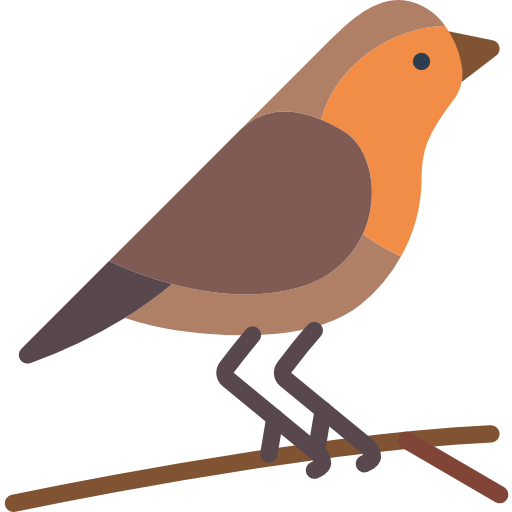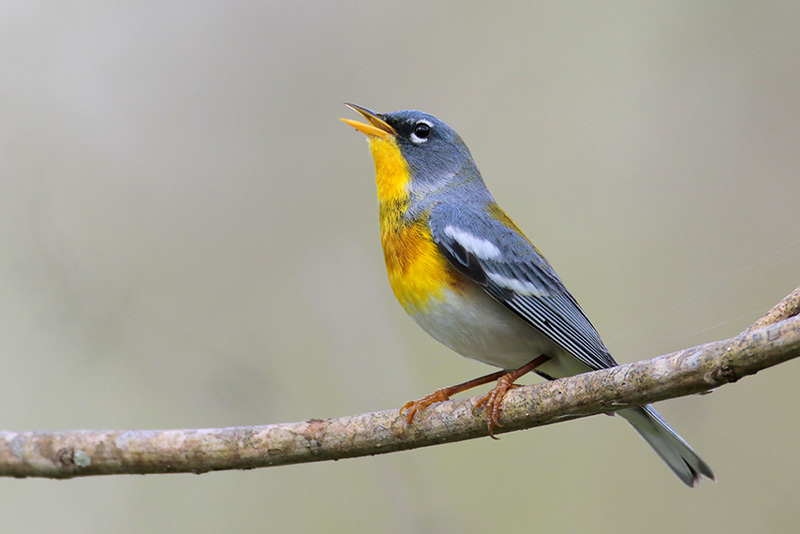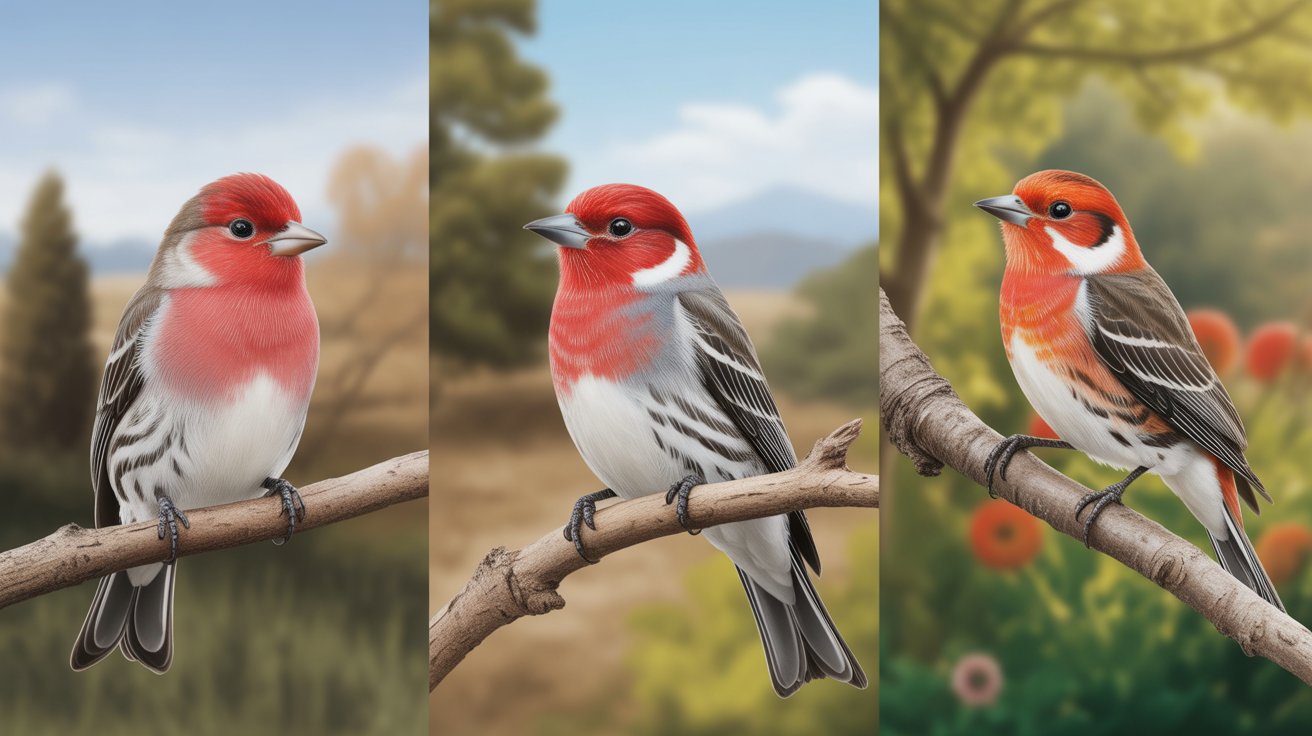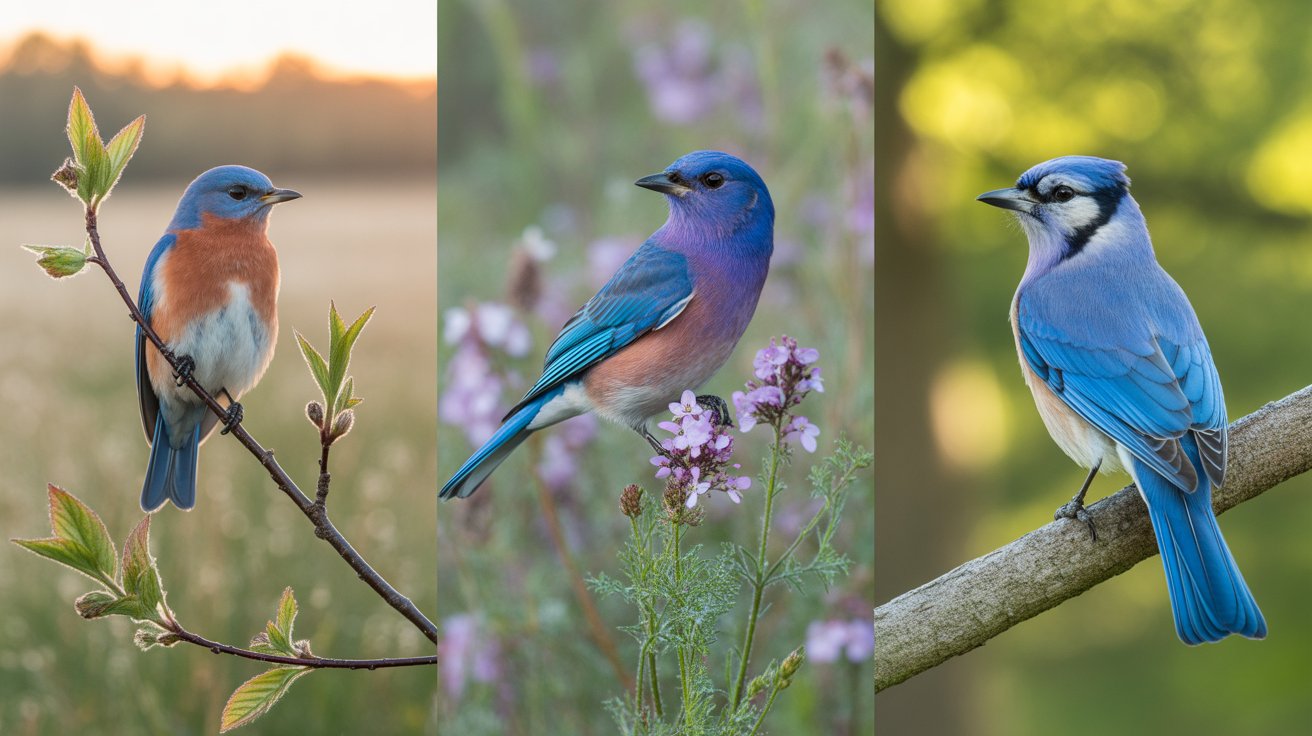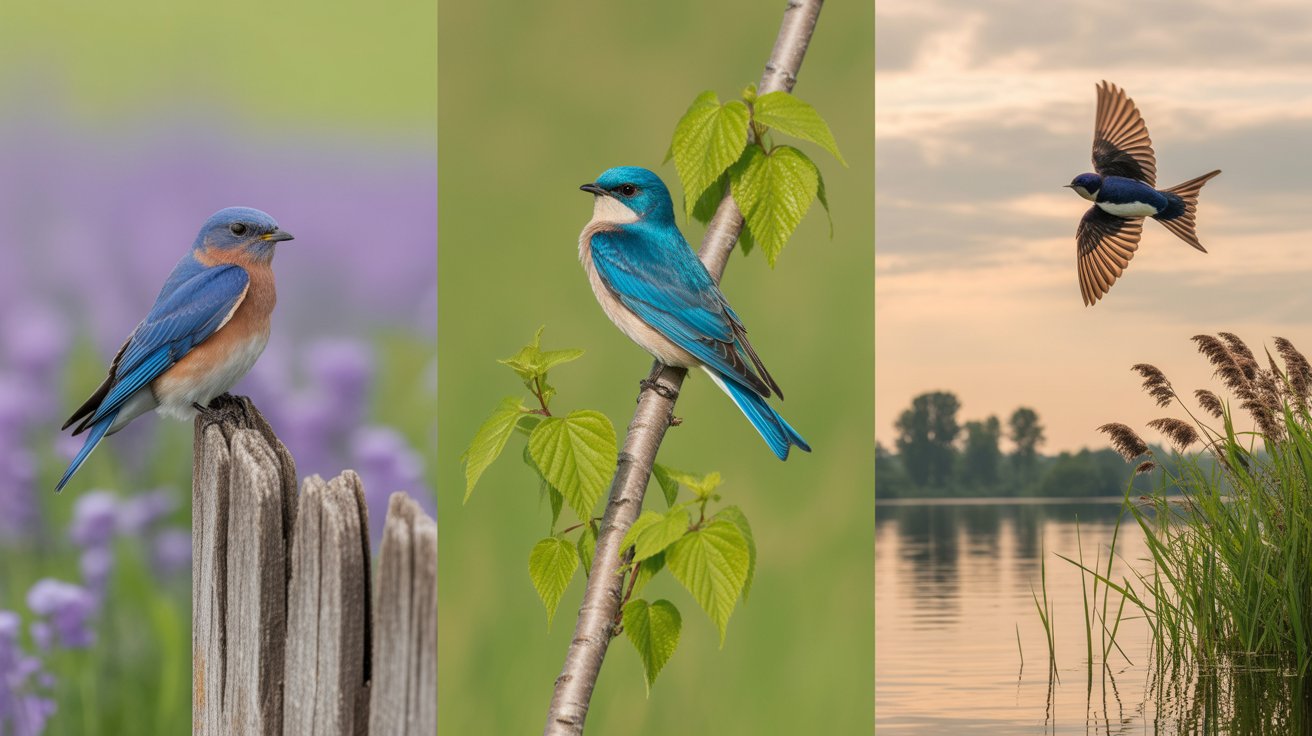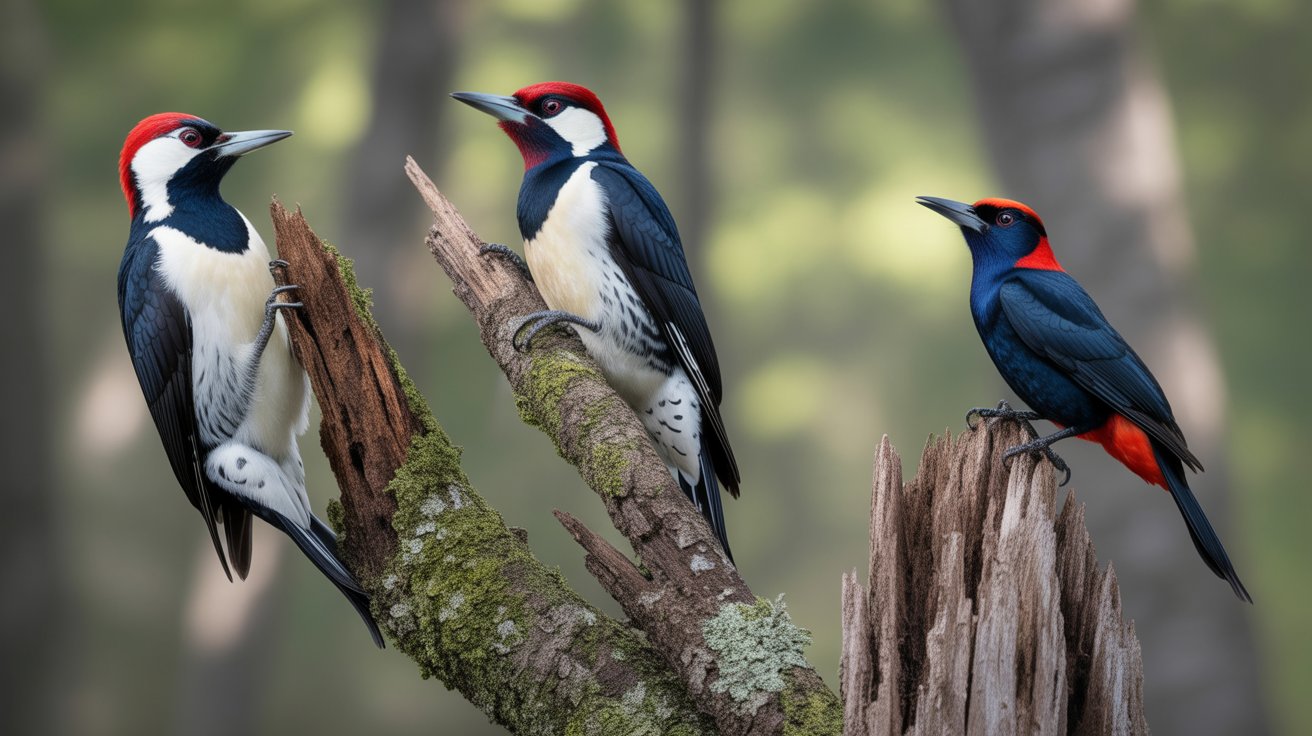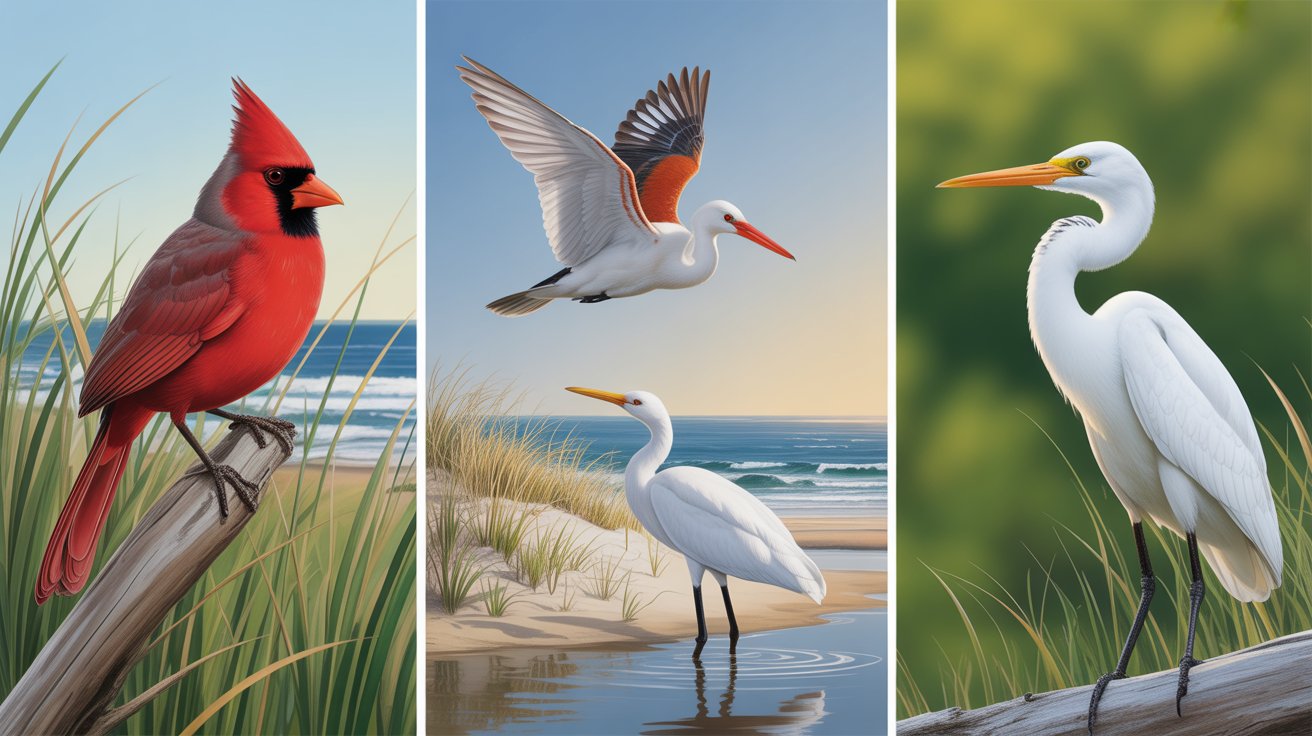Have you ever been out in the woods and heard a high, buzzy trill from the tree canopy? Chances are, you were listening to the Northern Parula. This small, colorful songbird is easy to miss because of its size, but once you spot one, it’s hard to forget. With its striking blue-gray feathers, yellow chest, and white eye-arcs, the Northern Parula brings a splash of color and cheer to any forest outing.
Whether you’re a new birdwatcher or a seasoned enthusiast, the Northern Parula offers a fascinating look into the world of warblers. It’s a bird that’s often heard before it’s seen, and learning to identify it can add a whole new layer of enjoyment to your birding adventures.
In this complete guide, you’ll get to know the Northern Parula inside and out—from its scientific classification to its breeding behavior. You’ll learn where to find them, how they behave, and what makes them such a delight in the bird world. So, grab your binoculars and let’s take a closer look at one of North America’s most beautiful little birds.
Northern Parula: A Complete Guide to This Colorful Warbler
Scientific Classification
- Common Name: Northern Parula
- Scientific Name: Setophaga americana
- Family: Parulidae (New World Warblers)
- Order: Passeriformes
- Class: Aves
The Northern Parula belongs to the Parulidae family, which includes some of the most vividly colored and melodious songbirds found in the Americas. It was once grouped under the genus Parula, but recent classifications place it under Setophaga, aligning it with other closely related warblers.
Physical Description
The Northern Parula may be tiny, but it’s full of charm and character.
- Length: 4.3 to 4.7 inches (11–12 cm)
- Wingspan: 6.3 to 7.1 inches (16–18 cm)
- Weight: 0.2 to 0.4 ounces (5–11 grams)
This bird’s upper body is bluish-gray with a greenish patch on the back. The throat and chest are bright yellow, interrupted by a chestnut-colored band across the lower chest. Males tend to have more vivid coloring, while females and juveniles are slightly duller.
Its beak is short and thin—perfectly designed for gleaning insects from foliage. The eyes are dark with pale eye arcs that give the bird a curious, expressive look. Unlike some songbirds, the Northern Parula doesn’t have a crest.
Habitat and Distribution
The Northern Parula has a wide breeding range across the eastern United States and southeastern Canada. You’re most likely to encounter them in moist, mature forests—especially those with plenty of hanging mosses or lichens.
- Preferred Habitats: Deciduous forests, swamps, and mixed woodlands
- Breeding Range: Eastern and southeastern U.S., southern Canada
- Wintering Grounds: Central America, the Caribbean, and southern Florida
During migration, Northern Parulas can be found in various habitats including parks, backyards, and even mangroves. Their adaptability helps them thrive in different types of wooded areas as long as their nesting materials—like Spanish moss—are available.
Behavior
Northern Parulas are energetic and agile birds. You’ll often see them flitting through the upper canopy of trees, constantly on the move in search of food.
They’re known for their buzzy, rising trill that ends abruptly. This song is usually how you’ll detect their presence before actually spotting them.
- Activity: Diurnal (active during the day)
- Flight Pattern: Fast and erratic
- Territorial: Males are highly vocal and territorial during the breeding season
These birds are solitary or found in pairs during breeding but may form loose flocks during migration. Despite their small size, they’re quite fearless in defending their territory.
Diet
Northern Parulas primarily feed on insects and other small invertebrates, making them excellent for pest control in forest ecosystems.
- Main Diet: Caterpillars, spiders, beetles, ants, and flies
- Foraging Behavior: Gleaning insects from leaves and branches
- Occasional Food: Berries and nectar during migration or in wintering areas
They forage high in the canopy, often hanging upside down or hovering briefly to pick off insects. Their slender, pointed bill allows them to access food hidden deep within leaves or lichen.
Breeding and Nesting
Breeding season begins in spring and continues through summer, depending on the location. One of the most interesting aspects of Northern Parula nesting is their preference for using hanging vegetation.
- Nesting Sites: Spanish moss, beard lichen, or leafy clumps in trees
- Nest Type: Domed, hanging nests with side entrances
- Clutch Size: 3–7 eggs
- Incubation Period: 12–14 days
- Fledging Time: 10–12 days after hatching
The female builds the nest and incubates the eggs, while the male defends the territory and may help feed the young once they hatch. The chicks are altricial, meaning they’re born helpless and rely entirely on parental care.
Interesting Facts
- The Northern Parula is one of the few warblers that nests in hanging moss or lichen, giving its nest a hammock-like appearance.
- Despite their tiny size, they undertake long migratory journeys—traveling thousands of miles between North America and Central America.
- Their song is one of the earliest signs of spring in many forests across the eastern U.S.
- They are sensitive to air pollution, as it affects the growth of the mosses and lichens they rely on for nesting.
- The word “Parula” comes from Latin and refers to a small titmouse, reflecting the bird’s diminutive size and active behavior.
Frequently Asked Questions
1. Where can I spot Northern Parulas during migration?
During migration, Northern Parulas may show up in city parks, gardens, and coastal woodlands. Look for them flitting through trees and listen for their buzzy trill.
2. Do male and female Northern Parulas look different?
Yes, males are typically brighter with a more vivid blue-gray back and a distinct chestnut band. Females are duller with less contrast in their plumage.
3. What’s the best time of year to see a Northern Parula?
Spring and early summer are ideal. This is when they return to breed in North America and are most active and vocal.
4. Do Northern Parulas visit bird feeders?
They rarely visit feeders since they mainly eat insects. However, you might attract them with native trees or shrubs that support caterpillar populations.
5. Is the Northern Parula threatened or endangered?
Currently, the Northern Parula is classified as Least Concern by the IUCN. However, habitat loss and pollution pose long-term threats.
Conclusion
If you love spotting colorful, energetic birds, the Northern Parula should be on your must-see list. Its vibrant plumage, high-pitched song, and unique nesting habits make it one of the most interesting warblers in North America. Despite being small and quick-moving, it’s well worth the effort to seek out during migration or breeding seasons.
By learning to recognize its song and preferred habitats, you can greatly increase your chances of spotting one. Whether you’re birding in the deep woods or catching a glimpse during its long migration, the Northern Parula never fails to impress. As with all wild birds, protecting their habitat ensures future generations can continue to enjoy their beauty and charm.
So next time you’re in the woods, keep your ears open and your binoculars ready—you just might meet the delightful Northern Parula.
